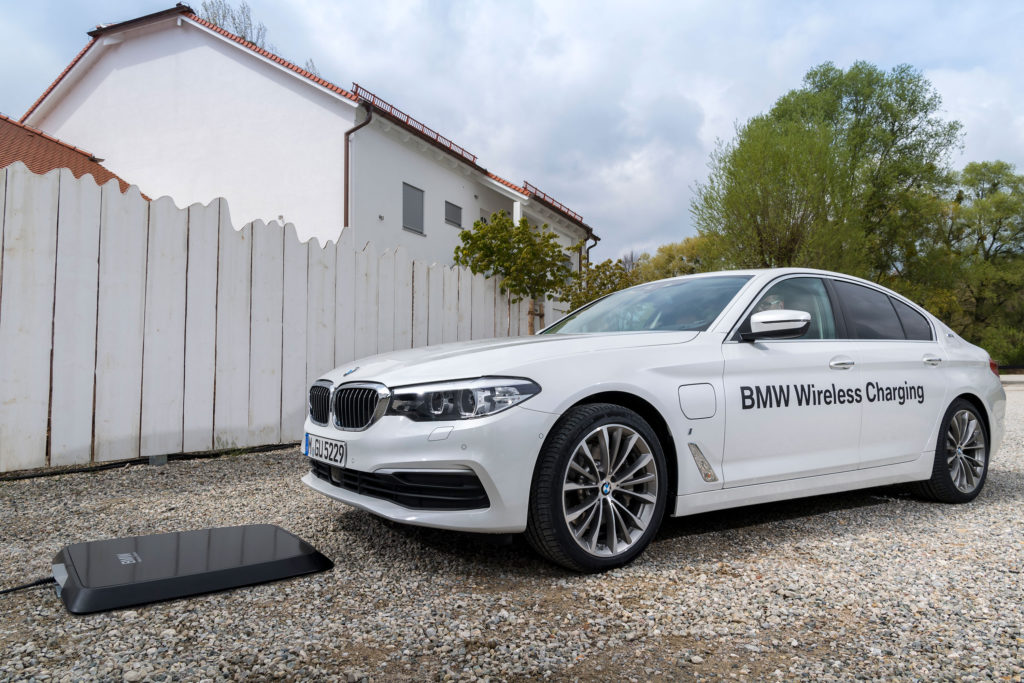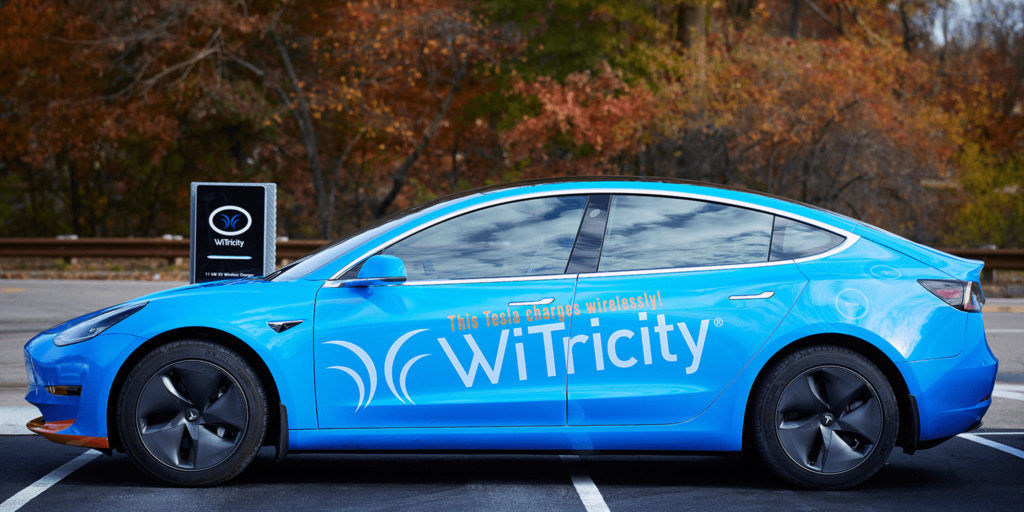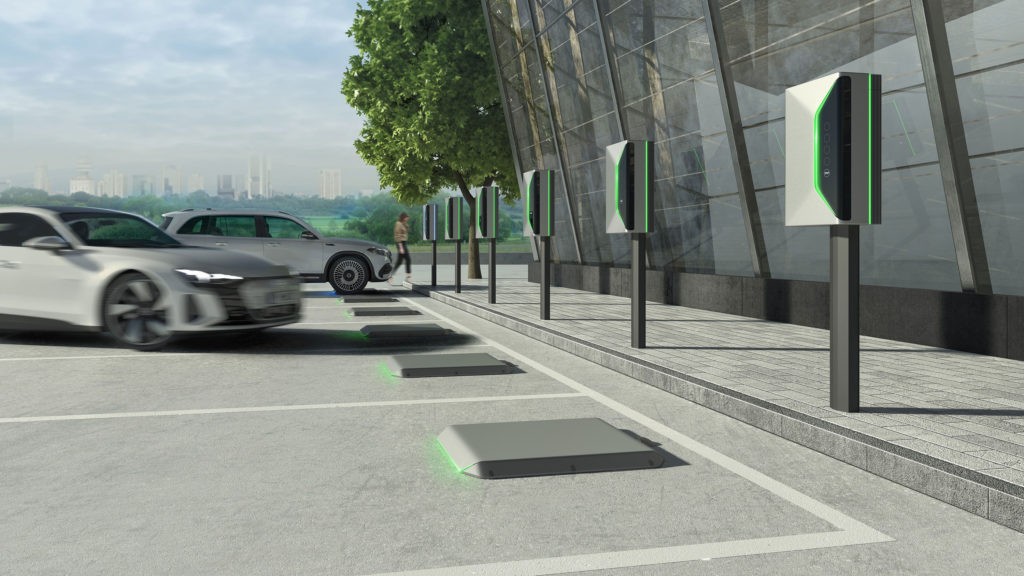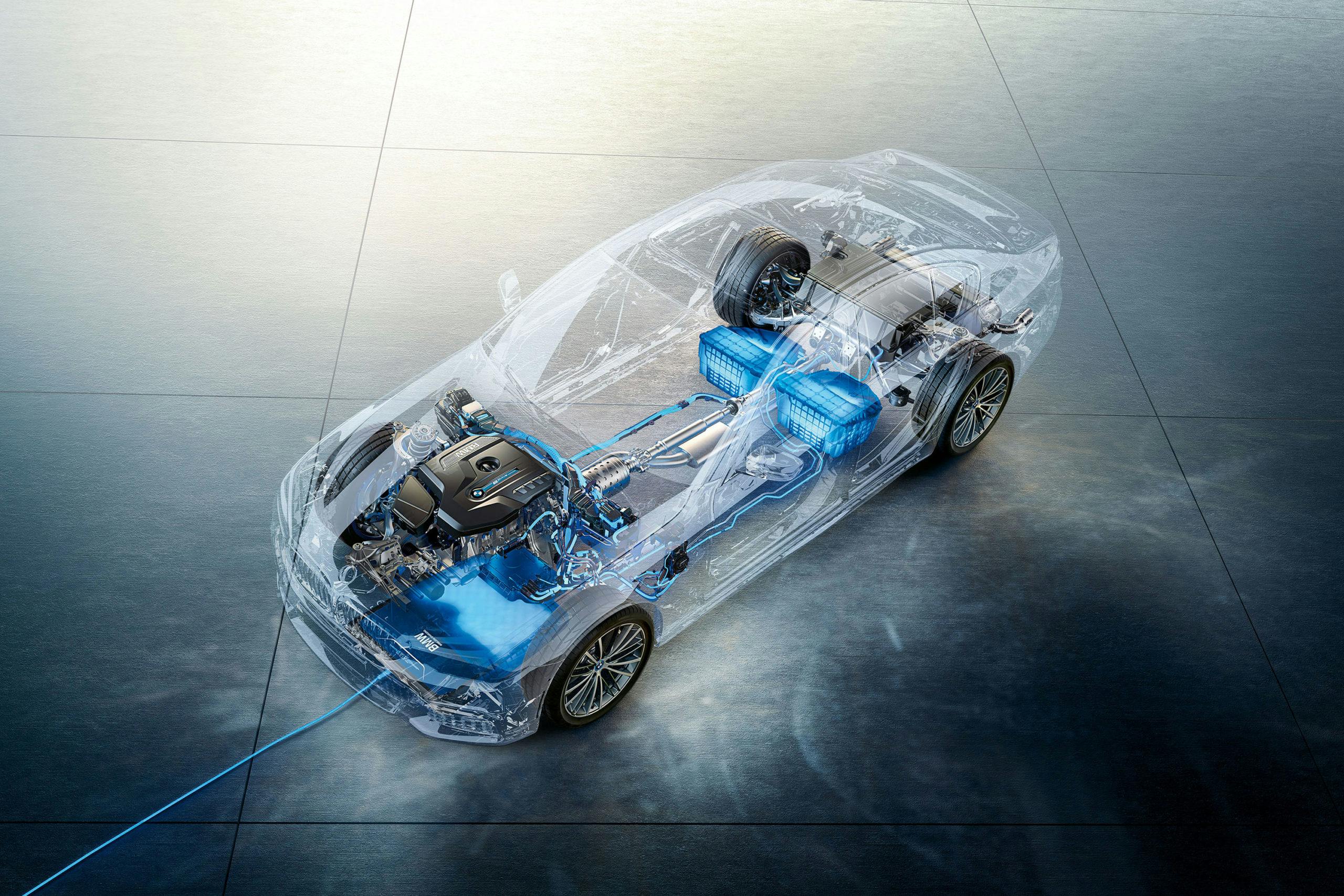Your phone can charge wirelessly and you don’t need a bulky Ethernet cable to access the internet anymore, so why does your electric vehicle still have to be plugged in? Truth be told, it doesn’t. A company called WiTricity has developed a cordless charging solution that makes juicing up an EV as simple as parking.
Go ahead, cut another cord
“Everything else is about getting untethered,” said Alex Gruzen, CEO of WiTricity in an interview with EV Pulse, so why would people want another cord in their lives? With this technology, “Charging becomes ambient. It’s just there,” he added. You don’t have to think about it or do anything extra, just park and walk away.
SEE ALSO: The 2023 Toyota Crown is an elevated sedan with a hybrid powertrain
Of course, in the grand scheme of things, plugging your electric car in isn’t that big a deal, but drivers are still keen to eliminate this pain point, however minor it may be. Thanks to this convenience, wireless charging could help accelerate the growth of electric vehicle sales. Gruzen noted that when prospective buyers were told about the technology “…their intent to purchase an EV jumped by 68%.”
How does it all work?
From a user perspective, WiTricity’s wireless vehicle charging setup is no different from an electric toothbrush or smartphone you drop on the charger and forget about until the battery is replenished, though the underlying technology is completely different. Small devices like those use induction, but that’s not the case here.

“What was invented at MIT and refined ever since is called magnetic resonance,” explained Gruzen, or if you’re feeling pedantic “highly resonant wireless power transfer.” Basically, there’s a weatherproof charging pad on or in the ground and a corresponding component on the vehicle. When charging “they ring at a certain frequency,” which makes them very efficient. Gruzen said this phenomenon is a lot like a child on a swing. Big shoves will do the job, but very light taps at precisely the right time will really get the kid going, too.
“And our innovation has been to make … wireless charging as efficient and as fast as if you had plugged in,” said Gruzen. He added, in absolute terms, WiTricity technology is between 90% and 92% efficient in taking power from the electrical grid and putting it into a vehicle’s battery pack. Those figures are not compared to plugging in with a cable. Gruzen explained most conductives run from the high 80% range to about 94%, “So we’re kind of right in the hunt,” he added.
Gruzen said their secret sauce is how everything gets tuned, something known as impedance matching. Keeping the circuits at their most efficiency state even as voltage changes based on the battery’s demands is challenging, but this is a core element of WiTricity’s technology. “We invented wireless charging for EVs. We have over 1,200 patents,” explained Gruzen. Additionally, they’ve been developing this feature for more than a decade while pushing for a unified global standard.
INGENIOUS: Breakthrough recycling process for lithium-ion batteries is clean, quick and economically viable
If there’s a downside to this technology, it’s that you have to be somewhat precise when parking. The vehicle must be between 4 inches and 10 inches away from the ground-mounted charging pad and then within about 4 inches left to right and about 3 inches front to back. Vehicles equipped with wireless charging capability will also feature visual aids and supporting software to accurately guide the driver, so they park exactly where needed.

Photo credit: WiTricity
Icing on the cake, WiTricity’s technology also supports bidirectional charging, meaning if the power goes out, your electric vehicle can feed juice directly into your house so you can watch TV and keep the refrigerator running without having to deal with a separate generator. Vehicle-to-grid (V2G) is a possibility as well, to help electrical utilities during high-demand times. Gruzen said, “V2G can exist without wireless, but wireless makes it better,” because when EVs are fully charged, drivers tend not to plug them in, which makes them useless for bidirectional charging or V2G support.
Keeping costs low, Gruzen said there’s nothing exotic about their technology. There’s a wall box that takes power from the grid and delivers it at 85 kilohertz, which has been adopted as a global standard. The charging pads contain a special winding of copper wire, some ferrite to shape the magnetic field and a couple aluminum plates. Finally, vehicles must be equipped with software and the electronics to convert alternating current to direct current. He wouldn’t give any specific numbers, but Gruzen noted, “About 70% of the cost is on the ground and about 30% of the cost is in the vehicle.” As for the actual price tag, in a few years he expects the cost to come down to around $1,000 more than a traditional wired charger. “Yeah, that’s my expectation, two to three years from now.”
Coming to an EV near you
“We’ve been working at an R & D level with OEMs for many years,” said Gruzen. Currently, WiTricity is actively engaged with automakers in Germany, Japan and the United States. But the first production vehicle to receive the company’s wireless charging technology is the Genesis GV60, though so far this feature is only available in South Korea. Beyond all that, “We have three other OEMs launching in China,” said Gruzen. “Our second commercial customer is FAW… on their Hongqi brand.”
LOOK HERE: Level 1 vs. Level 2 charging: The differences between them and Level 3 charging
Commercial customers will want in on the action, too. Gruzen said this technology is perfect for taxis, container trucks at ports or commercial vans, any sort of vehicle that loiters for long periods of time. If wireless charging is installed in taxi lanes or near warehouses, during lulls, electric vehicles can seamlessly recharge their batteries. “I call it power snacking,” he said.

While probably not the end all and the be all, wireless electric vehicle charging is absolutely an innovative technology, one that could make EVs easier to live with and even more versatile than they are today.

